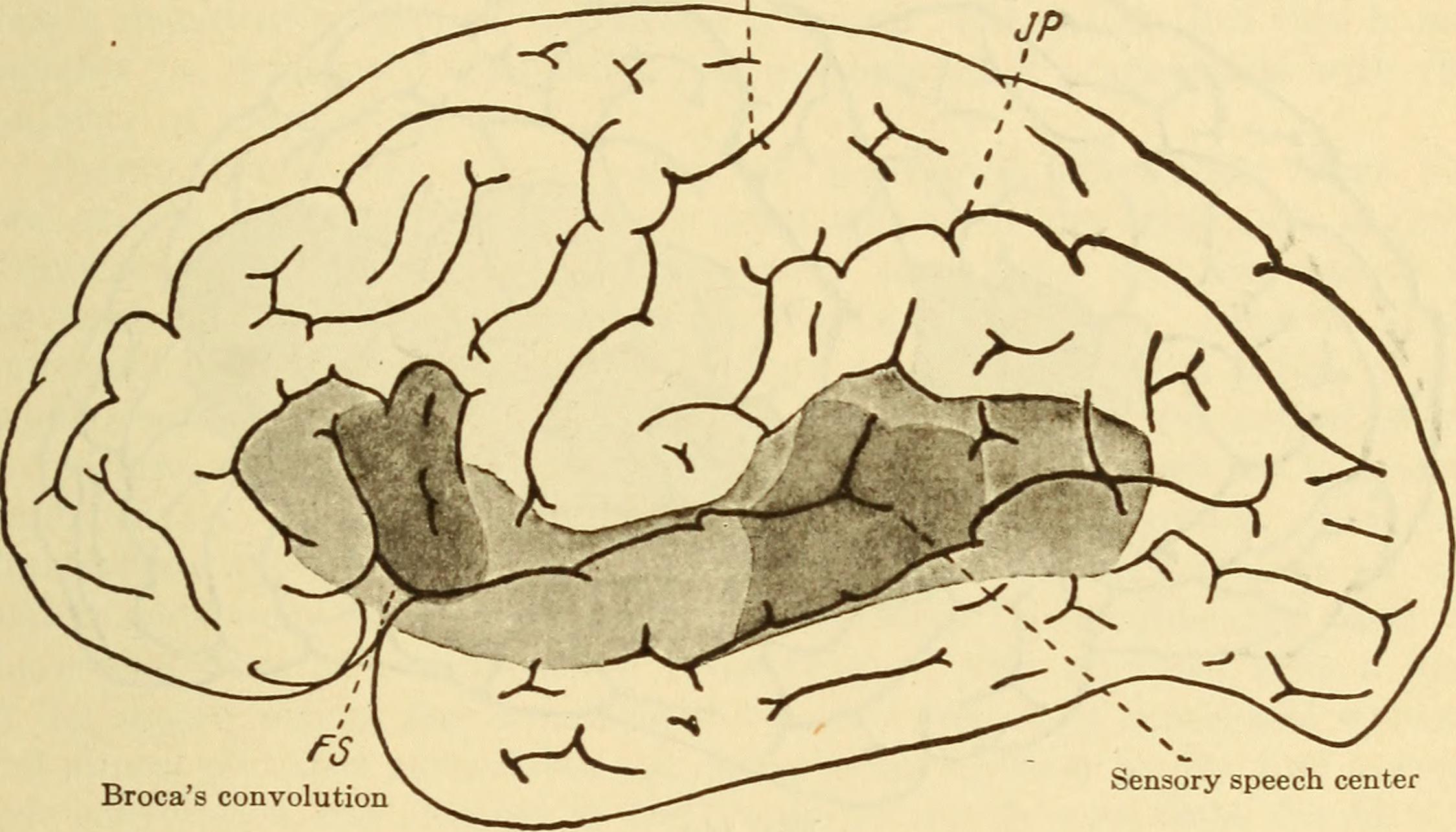Slip-ups in language switching

During my visit home to the States last month, I experienced amusing linguistic slip-ups. My mother is a native Vietnamese speaker, and every time one of her friends tried to make conversation with me in Vietnamese, I instinctually responded in Spanish or gave the correct Vietnamese word a Spanish accent. Having lived in Spain for a few years, my more dominant non-native language is Spanish, and it occasionally asserts itself in the wrong context.
Interestingly, the science behind these slip-ups is opening up surprising insights into how our brains work. When a multilingual person wants to speak, the languages they know can be active — or, readily accessible — at the same time, even if only one language is regularly used. As a speaker of English, Spanish and French, for instance, when you want to say ‘food,’ not just ‘food’ is activated but also ‘comida’ and ‘nourriture.’
So, how do bilinguals or multilinguals control which language is expressed at any given moment? It’s a process called inhibition, where the non–relevant language(s) is suppressed [i]. Functional brain imaging studies show that the prefrontal cortex controls this type of suppression; they also demonstrate parietal cortex activation during repeated language switching during a translation task [ii]. However, this control system isn’t failproof, especially if you are not yet a proficient speaker of the new language(s). Insufficient inhibition of one language can cause it to intrude when conversing in another.
Linguists say that when mixing languages, multilinguals strike a balancing act, inhibiting the stronger language to even things out, thereby facilitating language switching [iii]. However, inhibition can go too far, to the point that an individual may respond more slowly in their native language than in the language they are less proficient in. They may also find it harder to access words from their mother tongue when immersed in a new language, a phenomenon called the ‘reversed language dominance effect’.
Here’s a case in point: my husband is Spanish, and as his English improves, he sometimes struggles to access words he should know in Spanish. ‘What’s the word for bellybutton?’ he once asked. Dominance reversal is more common in ‘balanced’ bilinguals because they are more likely to overshoot (over-inhibit the non–relevant language) when the goal is to make both languages equally accessible [iv].
Living in a bilingual household, where we switch back and forth between languages without noticing, I sometimes feel as though I have mastered neither. Yet, Spanish helps me to perceive English in fresh and surprising ways. Although I may lose words from time to time, this seems a small price to pay for having more than one way of expressing myself — a richer way of existing in the world.
[1] https://www.frontiersin.org/articles/10.3389/fpsyg.2018.02256/full
[2] https://www.cambridge.org/core/journals/bilingualism-language-and-cognition/article
[3] https://www.sciencedirect.com/science/article/abs/pii/S0010027720302031
[4] https://www.sciencedirect.com/science/article/abs/pii/S0010027720302031
Edited by Hazel Imrie
Copy-edited by Rachel Shannon







